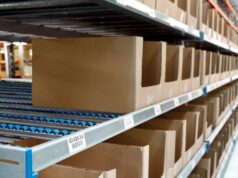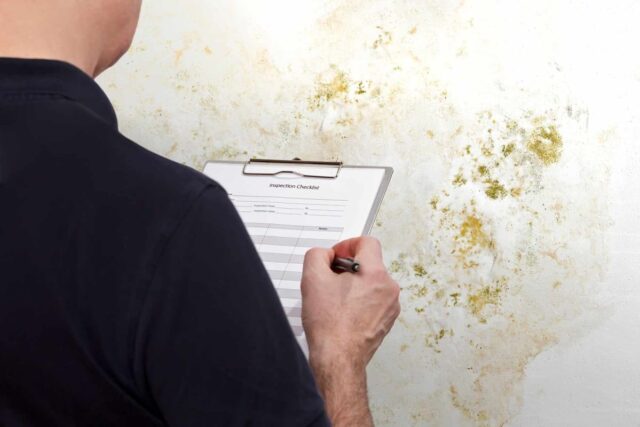
Did you know that over 50% of homes in the United States have issues with mold? While often overlooked, mold inspections are a crucial step when purchasing a house. The excitement of buying a new home can quickly turn sour if you discover fungi problems after the deal is sealed. Making an informed decision is not just about the right location or the aesthetics of the property; it involves understanding the health and structural implications of mildew, ensuring you’re investing in a safe and sound environment.
What is Mold and Why is it a Concern?
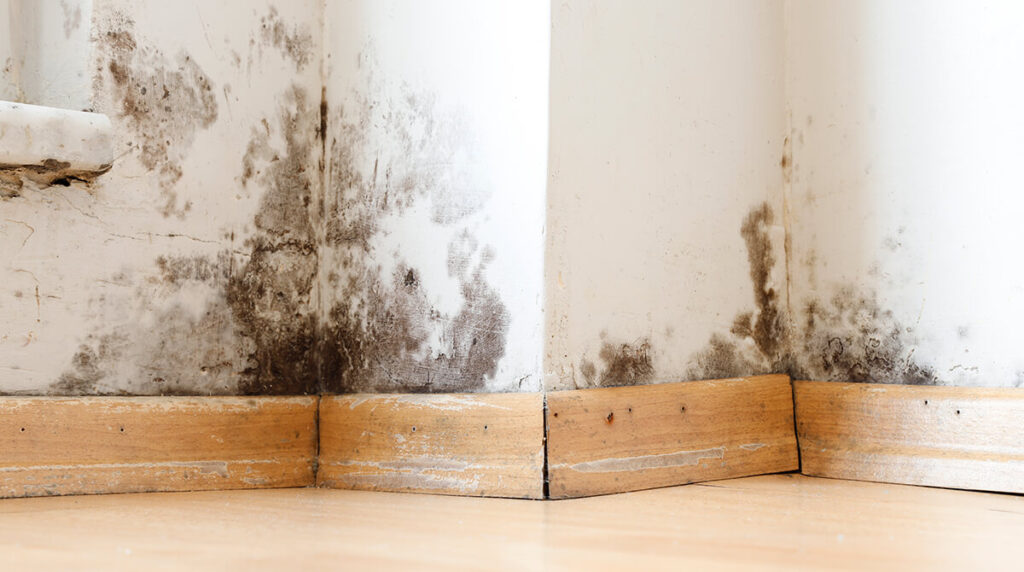
Mold is more than just an unsightly blemish on your walls; it’s a living organism that thrives in damp and poorly ventilated areas. In homes, it commonly appears following water damage or in spaces like basements and bathrooms, where moisture levels are higher. Exposure to mold can lead to health issues ranging from allergic reactions and asthma to more severe respiratory conditions. Moreover, mildew doesn’t just affect your health; it can also eat away at the structure of your home, causing significant damage over time. Understanding these risks underscores the importance of addressing fungi issues promptly and effectively.
Mold Inspection vs. Home Inspection
While a standard home inspection provides a general overview of the structural and functional aspects of a property, it often falls short in identifying hidden mold problems. Home inspectors are not typically trained to detect mildew issues, which can lurk behind walls or under flooring, going unnoticed until they cause significant damage. This is where a specialized fungi inspection comes in. Conducted by certified professionals, mold inspections delve deeper, using specialized tools and techniques to uncover potential mildew infestations, ensuring that homebuyers are fully aware of the condition of the property they are interested in. In either case you can find help if you read more here to help yourself.
When Should You Consider a Mold Inspection?
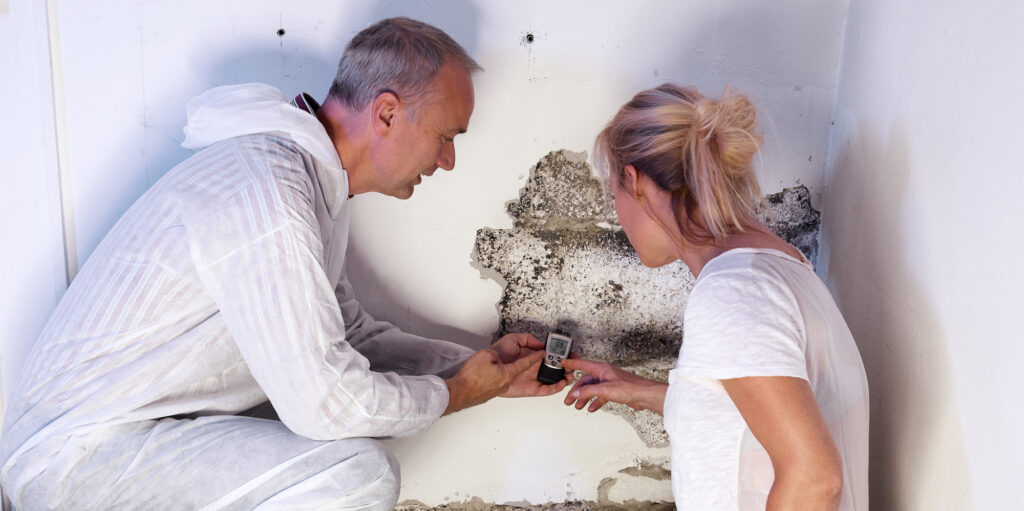
A mold inspection becomes imperative in certain situations. If you’re looking at properties in regions with high humidity or heavy rainfall, the chances of mildew growth are significantly higher. Older homes, with their aging infrastructure, are also more prone to moisture issues, making them hotspots for fungi. Additionally, if the property has a history of water damage or if you notice a musty smell or visible signs of mold, it’s time to call in the experts. Being proactive about mildew inspections in these scenarios can save you from future headaches and expenses.
Benefits of a Mold Inspection
Investing in a mold inspection might seem like an added expense during the home-buying process, but it’s a step that offers invaluable benefits. Identifying mildew issues early on can save you a fortune in repair costs down the line. More importantly, it ensures that your future home is a safe space for you and your loved ones, free from the health hazards posed by fungi. The peace of mind that comes with this knowledge is priceless, making mildew inspections a wise decision for any prudent homebuyer.
Mold Inspection Process
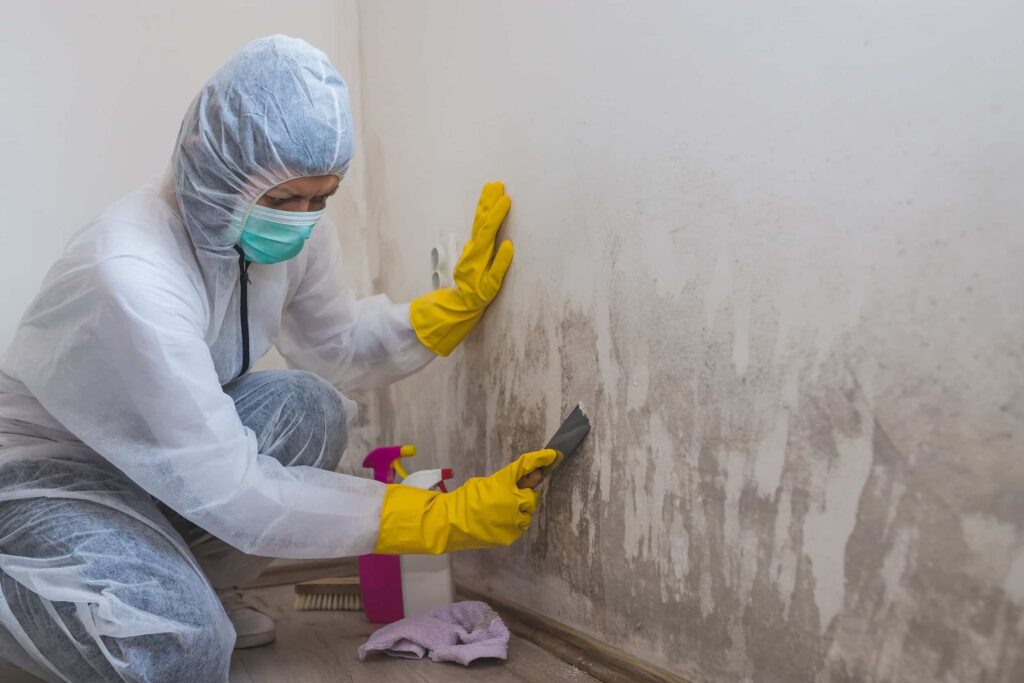
The mold inspection process is thorough and methodical. Certified mold inspectors use a range of tools, from moisture meters to thermal imaging cameras, to detect signs of mildew that aren’t visible to the naked eye. They’ll inspect every nook and cranny of the property, including hard-to-reach areas like crawl spaces and attics. Samples may be taken for laboratory analysis to determine the type and concentration of fungi present. This comprehensive approach ensures that any existing mildew issues are identified, enabling you to make informed decisions about handling them.
Identifying Red Flags: The Telltale Signs of Mold in a House
When you step into a house, it’s not just the visual appeal that demands your attention. Lurking beneath the surface could be silent invaders that pose health risks and structural damages. One such culprit is mildew. Recognizing the common signs of a mold problem is crucial in maintaining a healthy living environment. Visual cues are the most apparent.
Look for discolored walls, ceilings, or any surface that has irregular spots ranging from white to black. A musty odor, often described as earthy or damp, is a giveaway that fungi is present even if it’s not visible. Water damage, such as stains or peeling paint, indicates excessive moisture, a breeding ground for it. Ignoring these warning signs is akin to inviting more significant issues in the future, so vigilance is key.
Costs Associated with Mold Inspections: What to Expect
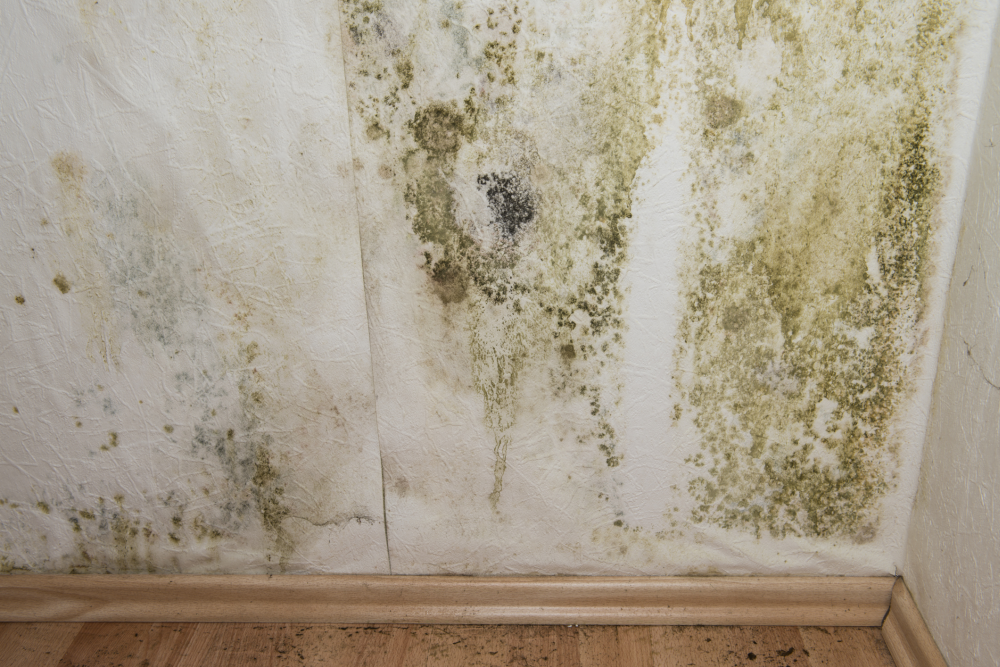
The journey to a mold-free home often begins with a professional inspection. The cost of a fungi inspection can vary, but homeowners can expect to spend on average. While this might seem like an added expense, the peace of mind it brings is invaluable. Several factors influence the inspection’s price tag, with the property’s size being a significant determinant. Larger spaces require more time and resources to thoroughly inspect. However, there are ways to mitigate these costs. Homeowners can conduct preliminary assessments themselves, identifying areas of concern to direct the inspector’s attention. This focused approach can make the inspection more efficient and, consequently, more cost-effective.
Dealing with Mold Issues After Inspection: A Path Forward
Discovering mold during an inspection can be disheartening, but it’s a problem with solutions. If you’re in the process of buying a house and mildew comes up during the inspection, it is fungi remediation as a condition of sale. This not only ensures that the problem is addressed but also that the responsibility for remediation can be shared. For the actual mold removal, hiring a professional mildew remediation company is advisable. These experts have the tools and techniques to address the issue thoroughly, ensuring that your future home is mold-free and healthy.
Mold Prevention Tips for New Homeowners: Safeguarding Your Sanctuary
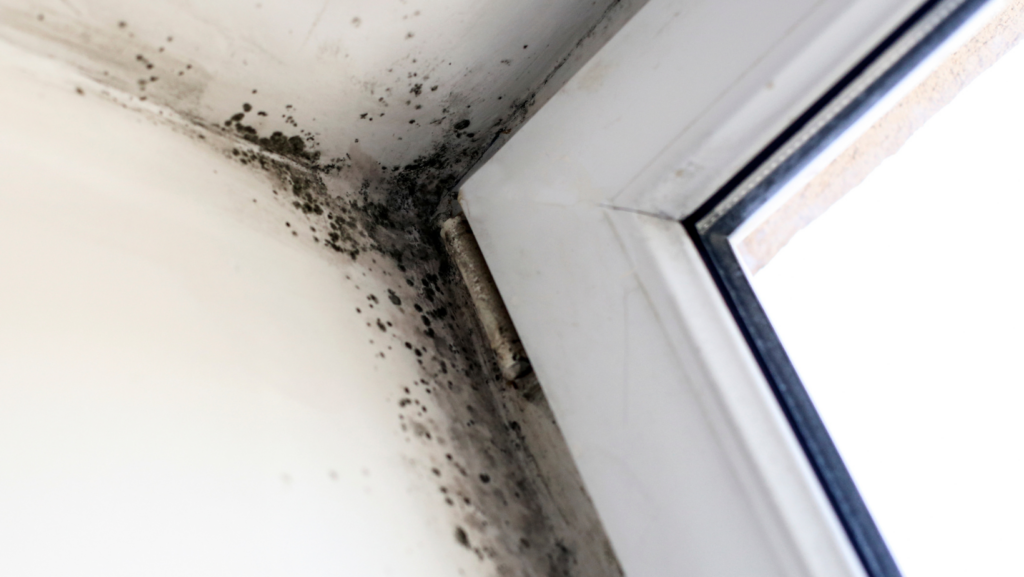
Preventing mold growth is far more manageable than dealing with an infestation. New homeowners can adopt simple yet effective practices to keep their homes mold-free. Maintaining proper ventilation throughout the house, especially in areas prone to dampness like bathrooms and kitchens, is crucial. Controlling humidity levels within the house is equally important; dehumidifiers can be invaluable in this regard. Additionally, regular inspections, particularly of areas not frequently visited, can help catch any potential mildew growth early, making remediation less daunting and less costly.
Conclusion: Emphasizing the Importance of Mold Vigilance
The journey through understanding and addressing potential mold issues in a house is one of awareness and proactive action. Recognizing the signs of fungi, understanding the costs involved in inspections, navigating the aftermath of a mold discovery, and adopting preventive measures are all integral steps in protecting not just the structural integrity of a home but also the health of its inhabitants. The importance of a fungi inspection when purchasing a new house cannot be overstated, as it’s a crucial step in safeguarding your investment and ensuring a healthy living environment.
Additional Resources: Further Guidance and Expertise
For those seeking more in-depth information or professional services regarding mold inspections and remediation, numerous reputable sources and companies specialize in these areas. Consulting these experts or referring to authoritative resources can provide additional insights and solutions tailored to specific needs. Furthermore, engaging in community forums or comment sections related to this topic can offer personal experiences and advice, enriching your understanding and options regarding mildew issues in your home.




